No it's not a mistake. We are headed back to January 2013 and a holiday in Fuerteventura, Canary Islands, Spain. With the whole of England, Wales, Scotland and Northern Island under strict lockdown, there's nowhere to go except a shopping trip or a delve into the archives for a blog post.
Apologies to readers who were here in 2013 and for whom the pictures may look familiar but needs must. I changed a few pictures, deleted some and added others, as well as updating the text.
The post is an introduction to Fuerteventura, the birds and the scenery in the immediate area of our stay in Costa Calma January 2013. Costa Calma is a resort so named for the relatively sheltered nature of the area from the prevailing winds which seem ever present in the Canary Islands subject to the vagaries of Atlantic Ocean winds and currents. This relative calm of Costa Calma is due in no small part to the easterly geographical location and to the long belt of pine trees which give a degree of protection from the often strong winds.
It’s peculiar how the same bird species occur in the vicinity of many holiday places we visit, with Fuerteventura providing a similar hotel list to other places we know whereby sparrows, gulls, Kestrels, Little Egrets and a few wader species are to the fore. Don't forget folks, click on the pics for a better, bigger view.
Costa Calma, Fuerteventura
Costa Calma, Fuerteventura
Sanderlings and Turnstones were ever present on the sandy and partly rocky shore. Turnstones can be fairly confiding here in the UK, but on Fuerteventura they are more so and approachable to within a few metres. The Whimbrel is fairly common but not in the same numbers as the smaller wader species.
Whimbrel
Sanderling
Turnstone
After taking photographs of a Sanderling I noticed only upon examining the images later that the bird had a British ring on its right leg. With only a couple of shots I couldn’t get quite enough detail to send the record in to the BTO so as to find out where it had been ringed, so in the following days looked for the Sanderling but couldn’t relocate it. Later I contacted the BTO ringing scheme with the few numbers and letters I had but the BTO confirmed the sparse information was not sufficient to find the original place of ringing.
Sanderling
Kentish Plovers were usually around the shore although not in the same numbers as Sanderling and Turnstone.
Kentish Plover
Little Egret
Little Egret
An unusual hotel bird proved to be Raven, a pair of birds from the locality paying infrequent visits to the shore to steal monkey nuts from under the noses of the Barbary Ground Squirrels. Almost every tourist paid more attention to feeding the “cute” squirrels whilst ignoring the long-distance-migrant shore birds at their feet, the closeness of the huge Ravens, the feeding terns along the shore or the handsome Yellow-legged Gulls.
Sandwich Tern
Raven
Barbary Ground Squirrel
Yellow-legged Gull
Costa Calma, Fuerteventura
It was the quiet parts of the hotel grounds where I found the Spanish Sparrows, the pair of Hoopoes, the resident Kestrel and the White Wagtail, one of the latter in particular which followed the gardener’s watering hosepipe so as to locate the resultant insects. There were Blackcaps and Chiffchaffs about the grounds but they kept out of sight in the strong sunshine of most days.
Kestrel
Kestrel
Spanish Sparrow - Passer hispaniolensis
White Wagtail
Hoopoes mostly have that hair-gelled look, a sleeked back crest held in abeyance until some fool with a camera interrupts their feed and causes a moment of anxiety when the feathers fan up and out.
Hoopoe
Hoopoe
Hoopoe
As every birder knows, there’s a price to pay for a spot of birding, brownie points to be earned from SWMBO and then banked for another day when bins and camera are stored in the car.
Near Costa Calma, Fuerteventura
In Costa Calma the African market is compulsory bartering or there's a heavy price to pay for the uninitiated. Later in the day there's a glass or two of wine reflecting on the fading light and planning the day to come.
African Market, Costa Calma, Fuerteventura
Anyone For a Massage? African Market, Costa Calma, Fuerteventura
Costa Calma, Fuerteventura
At the moment my glass is half-full with optimism. In other words, I think that we are about to turn the corner of our 12 month long dark tunnel and see daylight very soon.
Stay strong friends. Don't let them beat you into submission and fill your glass to the top.





















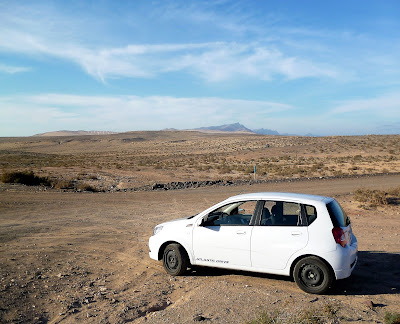

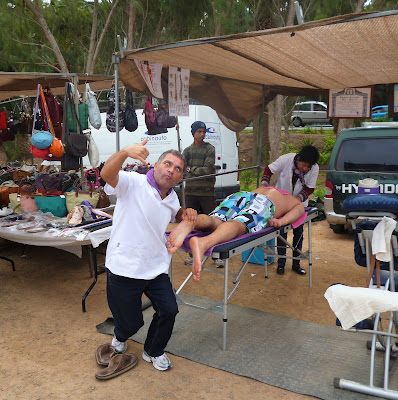















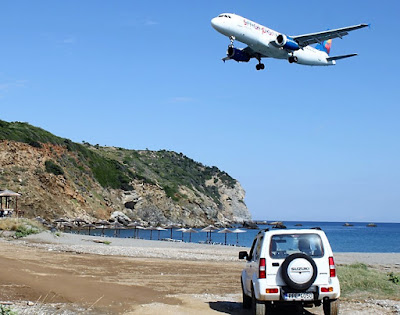











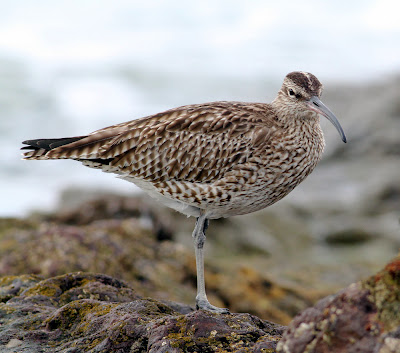






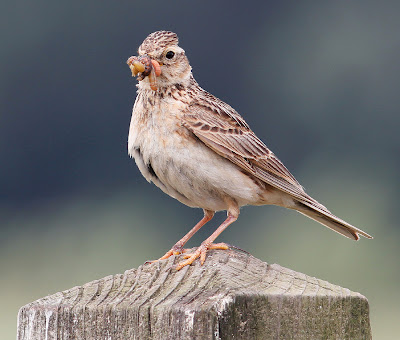






















.jpg)












